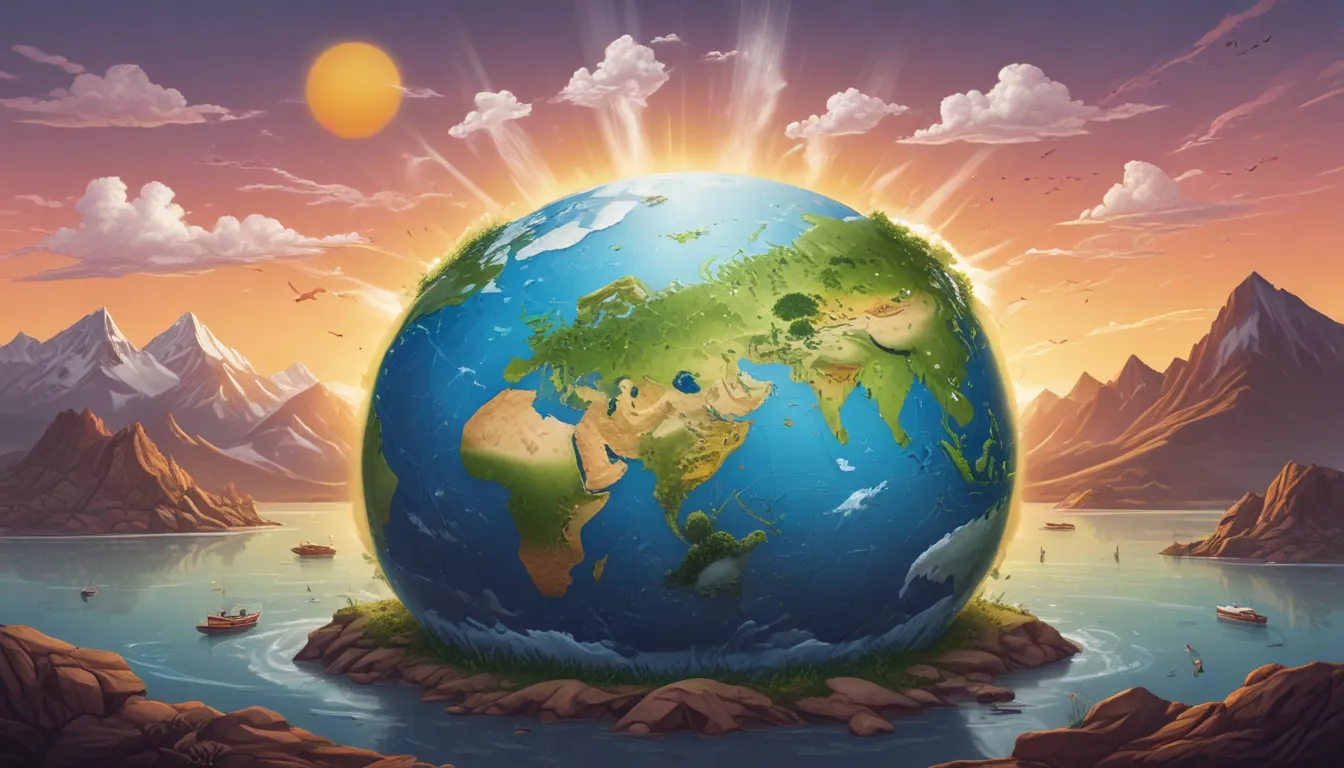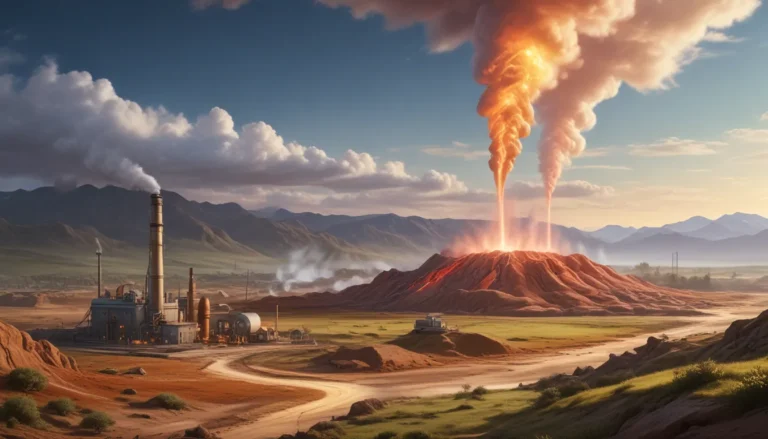A Note About Images: The images used in our articles are for illustration purposes only and may not exactly match the content. They are meant to engage readers, but the text should be relied upon for accurate information.
Global warming is a critical issue that impacts everyone and everything on our planet. As the Earth experiences record-high temperatures, it is essential to understand the fundamentals of global warming and its projected effects if left unchecked. In this comprehensive guide, we will delve into the science behind global warming, explore the causes and consequences, and discuss potential solutions for combatting this pressing environmental challenge. Join us on a journey through the facts and realities of global warming, and discover how we can work together to create a more sustainable future for generations to come.
Unraveling the Basics of Global Warming
Global Warming vs. Climate Change:
Global warming is often confused with climate change, but they are not the same. While global warming specifically refers to the increase in global temperatures due to human activity, climate change encompasses a broader range of effects, including rising sea levels, changes in weather patterns, heatwaves, desertification, and more.
The Greenhouse Effect Explained:
The greenhouse effect is a natural phenomenon that helps regulate Earth’s temperature. Greenhouse gases, such as carbon dioxide, methane, and water vapor, trap heat in the atmosphere, similar to how a greenhouse retains warmth. However, human activities have significantly increased greenhouse gas levels, leading to enhanced trapping of heat and contributing to global warming.
Fossil Fuels and Greenhouse Gases:
Burning fossil fuels releases carbon dioxide, the most common greenhouse gas. Additionally, methane, a potent greenhouse gas, is emitted from rotting plant matter and agricultural activities. This excessive production of greenhouse gases by human activities accelerates global warming and its adverse effects.
The Impacts of Global Warming
Ticking Time Bombs:
Warmer ocean waters can release frozen methane trapped in ice crystals, potentially triggering a catastrophic release of this potent greenhouse gas into the atmosphere. The melting of ice caps can lead to tsunamis, further exacerbating the environmental hazards associated with global warming.
Rising Sea Levels and Permafrost Melting:
Sea levels have been rising at an alarming rate, with projections indicating a further increase in the future. Melting permafrost, a phenomenon in extreme latitudes, can disrupt landscapes and infrastructure, posing significant challenges to local communities.
Ocean Acidification and Climate Feedback:
The absorption of carbon dioxide by oceans leads to acidification, threatening marine ecosystems, particularly coral reefs. Warmer air, capable of holding more water vapor, can intensify storms and precipitation, contributing to climate feedback loops that amplify global warming.
Solutions and Challenges in Combating Global Warming
Countering Global Warming:
Various methods exist to mitigate global warming, including reforestation, low carbon technologies, and the transition to renewable energy sources. Green energy initiatives offer promising solutions to reduce greenhouse gas emissions and promote sustainability.
The Prisoner’s Dilemma of Climate Action:
Addressing global warming is often likened to a prisoner’s dilemma, where nations must collaborate to overcome shared challenges. Despite the urgency of climate change, political and economic considerations hinder collective action, underscoring the need for global cooperation.
International Agreements and Policy Measures:
International agreements like the United Nations Framework Convention on Climate Change have aimed to limit greenhouse gas emissions and combat climate change. However, challenges persist, with some nations and interest groups resistant to acknowledging the realities of global warming.
Looking Towards a Sustainable Future
As we navigate the complexities of global warming, it is crucial to recognize the interconnected nature of environmental challenges and the imperative for collective action. By understanding the science behind global warming, acknowledging its impacts, and embracing sustainable solutions, we can work towards a more resilient and environmentally conscious future. Together, we have the power to shape a world where the health of our planet and future generations is preserved. Join the movement towards sustainability and let’s combat global warming for a better tomorrow.
I hope you find this rewritten article informative and engaging. Let me know if you need further modifications or assistance. Thank you!






